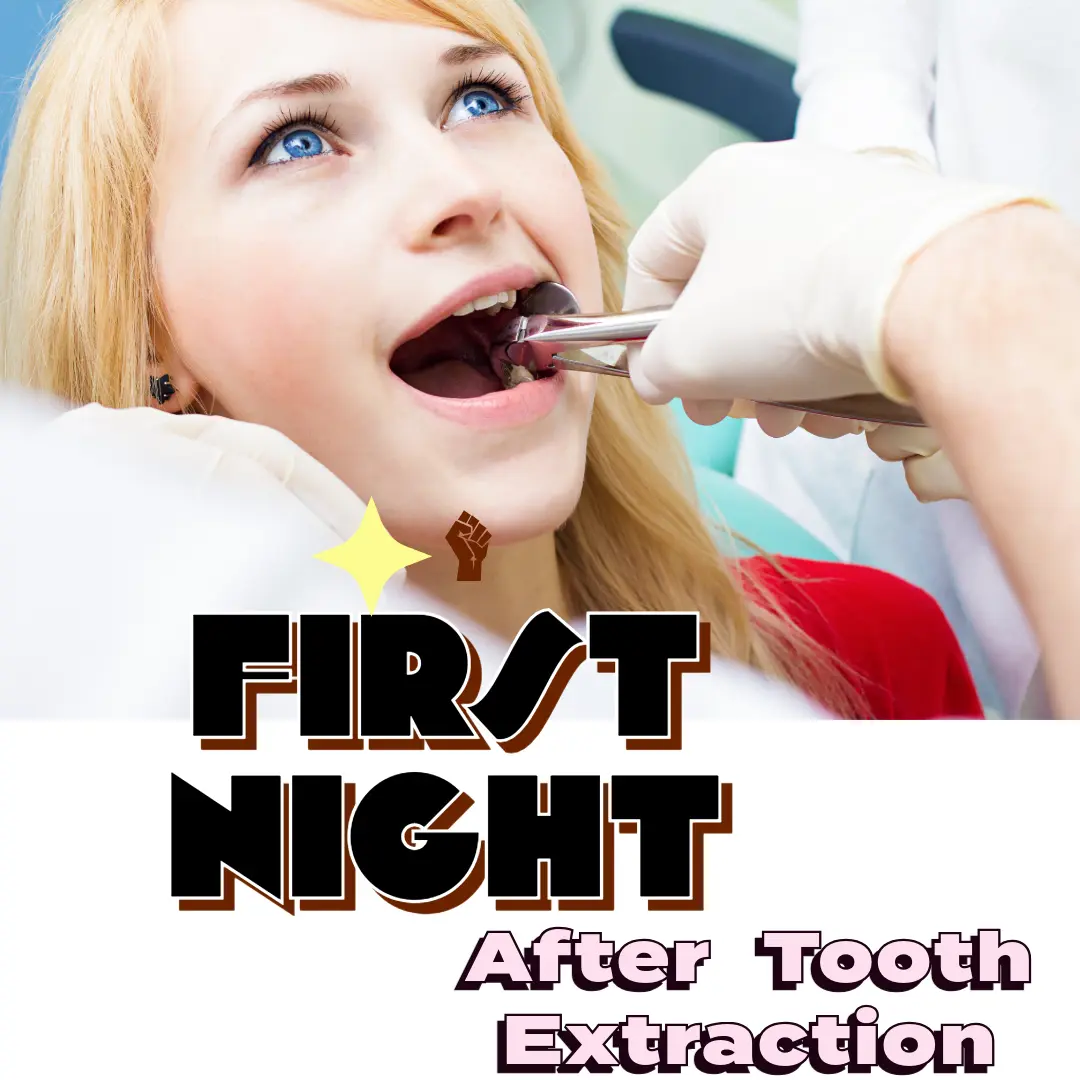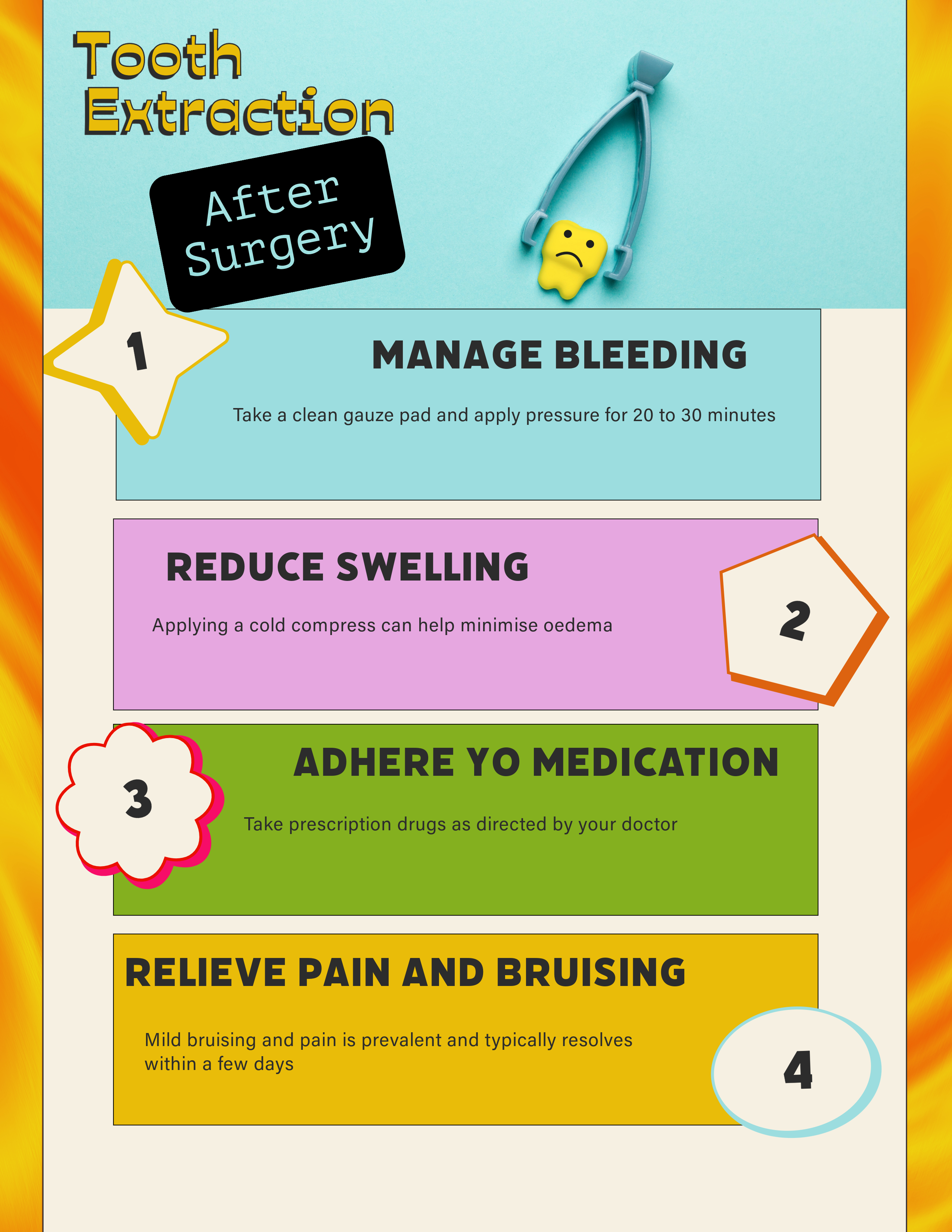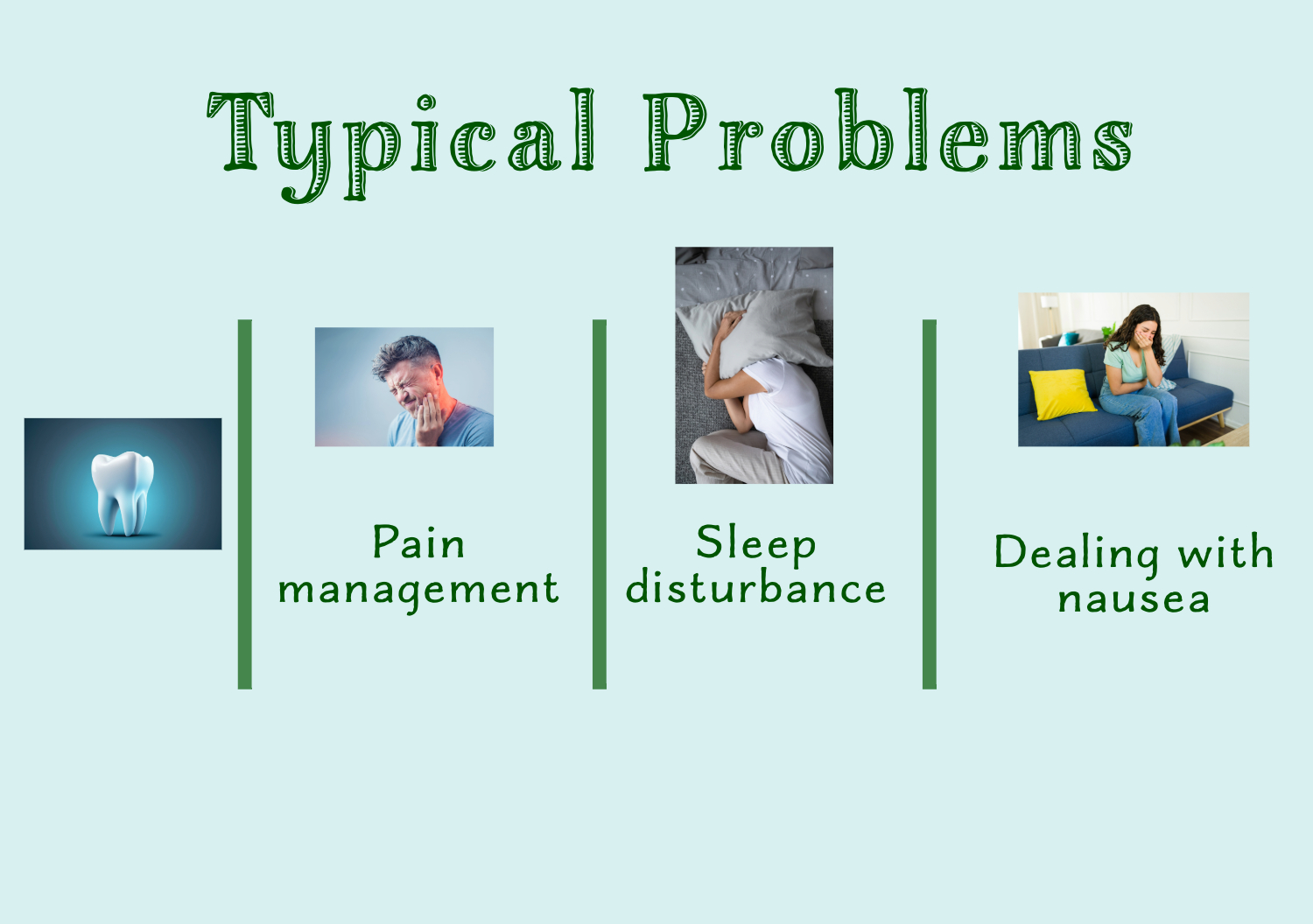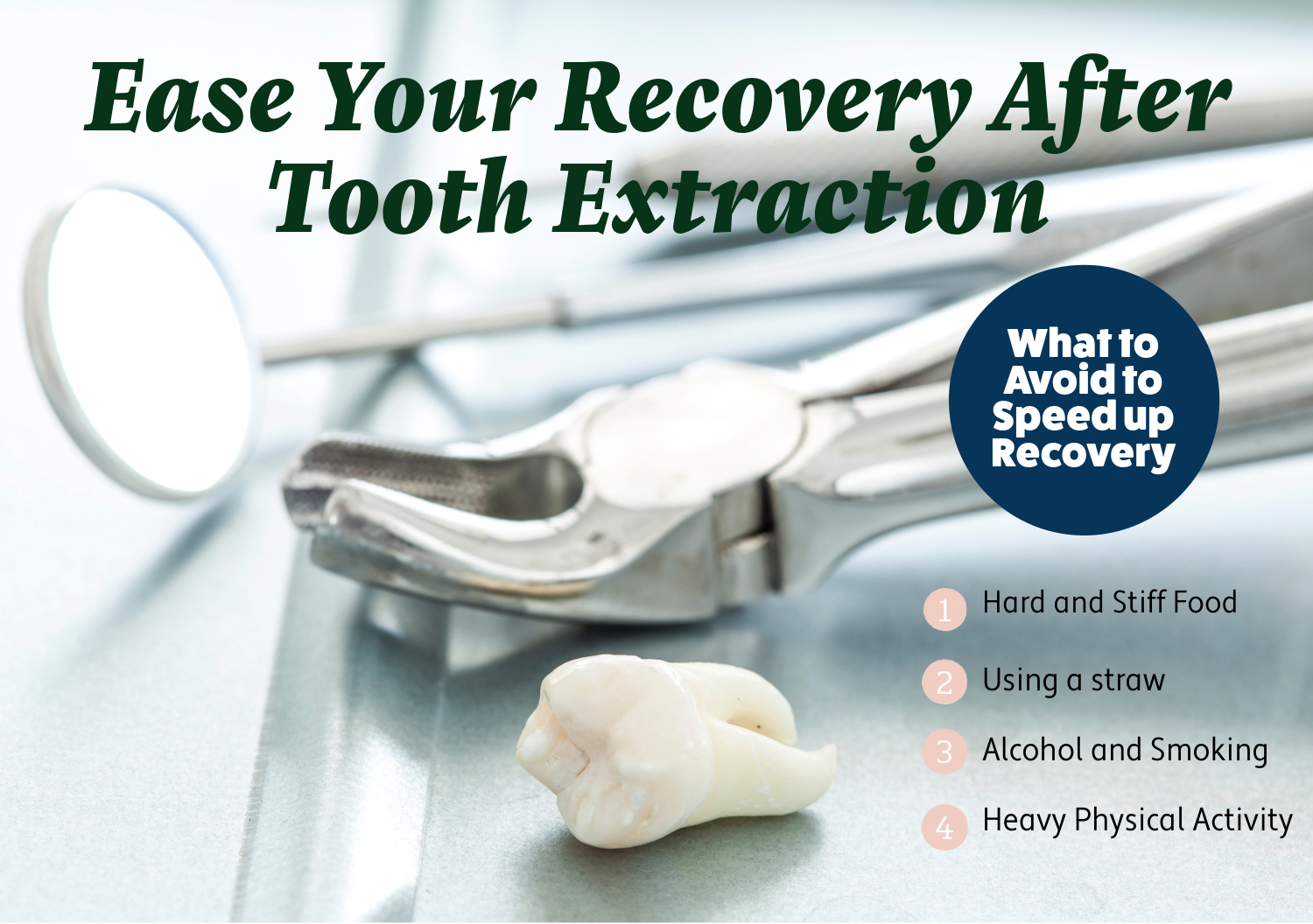
Proper care after tooth extraction speeds up the healing process and reduces the risk of infection. The care you provide on the first night can be decisive for your recovery after tooth extraction. Rinsing the mouth regularly with salt water after tooth extraction keeps the wound area clean and reduces the risk of infection.
These symptoms are usually normal and should be expected. A mild aching and throbbing sensation in the shooting area is normal, but if the pain is severe and persistent, you should consult your doctor.
Preparation Before Bed
You can apply the following simple methods after tooth extraction.
Taking pain medication: Take the pain medication prescribed by your doctor on time. Medicines such as ibuprofen or paracetamol can relieve pain. Also, taking these medicines with meals can prevent stomach irritation.
Choosing the right sleeping position: Sleeping on your side is ideal to avoid putting pressure on the extraction site. Sleeping on the other side of the tooth extraction rather than the side where you had it can reduce bleeding and pain.
Elevating your head: One way to alleviate swelling is to prop your head up on a pillow. This aids in regulating bleeding and improving blood circulation. Using a couple of cushions can help you maintain an elevated head position, for instance.
Post-Operative Instructions

During the first night following a tooth extraction, your body starts to prepare for the healing process. Right after getting a tooth pulled, you can encounter the following problems, and the treatments to them, in no particular order.
Managing bleeding: It is common to experience slight bleeding in the hours following a tooth extraction. Apply pressure with gauze if bleeding persists. Take a clean gauze pad and apply pressure for 20 to 30 minutes if you find that the bleeding persists.
Reducing swelling: Applying a cold compress can help minimise oedema. To cool down the shooting area before you press it to the target, you can use an ice pack wrapped in a towel. Leave it on for 10 minutes, then repeat the process. Carry on with this method for a few more hours.
Medication adherence: Take prescription drugs as directed by your doctor on a regular basis. Continue to monitor the effectiveness of the medication and consult your doctor if you experience any negative side effects.
Pain: A little discomfort is typical following an extraction. The area of the extraction site is often the only one that feels the discomfort, and it could last for a few days.
Mild bruising: Mild bruising and pain is prevalent and typically resolves within a few days; it may manifest on the cheek and chin.
Common Concerns and Solutions

Pain management: Painkillers and ice applications can relieve pain. You can keep the pain under control by taking the dose of painkillers recommended by your doctor and applying cold compresses intermittently.
Sleep disturbances: You can maintain your sleep patterns with a comfortable sleeping position and appropriate medication. You can sleep with an extra pillow to make sure your head is elevated. This regulates blood flow and helps reduce swelling.
Dealing with nausea: If you experience nausea, stomach protecting medicines or light foods can help. Eating light foods such as crackers or toast can ease your stomach in case of nausea.
Best Sleeping Positions the First Night After Tooth Extraction
The best sleeping positions for the first night:
- Side sleeping: Lie on the other side to avoid putting pressure on the extraction site.
- Head Elevation: Keep your head elevated using two or more pillows. This helps reduce swelling and bleeding.
Safe Foods and Drinks for the First Night After Tooth Extraction
Safe food and drinks for the first night:
- Soft Foods: Eat soft and nutritious foods such as soups, purees, yogurt, custard.
- Warm Liquids: You can drink liquids such as warm soup or water, but avoid extremely hot and cold drinks.
Things to Avoid the First Night After Tooth Extraction for a Smooth Recovery

What to avoid to speed up recovery:
- Hard and Stiff Food: Avoid hard foods that can damage the extraction site.
- Using a straw: Avoid using a straw for the first few days. Suction may cause the clot to dislodge.
- Alcohol and Smoking: Alcohol and smoking can slow the healing process and increase the risk of infection.
- Heavy Physical Activity: Avoid heavy physical activity for the first few days and take care to rest.
FAQ Section
Below you can find the most curious questions and answers about the situations encountered after tooth extraction and their solutions.
What should I do if I experience severe pain?
If you experience severe pain, contact your doctor. If your pain does not decrease or increases despite painkillers, this could be a sign of infection and it is important to contact your doctor.
How can I minimize swelling?
To minimize swelling, use a cold compress and keep your head elevated. Applying a cold compress for 10 minutes and resting for 10 minutes will help keep swelling under control.
What foods are safe to eat?
Choose soft and warm foods and avoid hard and hot foods. Soups, purees, yogurt and smoothies are suitable foods to eat after tooth extraction.
How often should I rinse my mouth?
Rinse your mouth with salt water, usually several times a day, according to your doctor's instructions. You can gently rinse your mouth 3-4 times a day with salt water prepared by mixing 1 teaspoon of salt in 1 cup of warm water.
When can I resume normal activities?
Usually within a few days, but follow your doctor's advice. Avoid heavy physical activity and take care to rest.
What are the signs of infection?
Symptoms such as pain, swelling, bad odor or fever can be signs of infection. If there is a foul odor coming from the extraction site or if you have a persistent fever, report these to your doctor.
How long should I keep the gauze pad in place?
Usually about 30-45 minutes, until the bleeding stops. Keep the gauze pad in place and wait for the bleeding to stop and replace it as needed.
Can I drink through a straw?
Avoid using a straw for the first few days; sucking can increase bleeding. Trying to drink liquids through a straw can cause the clot in the extraction site to dislodge.
Is it normal to have a fever?
A low-grade fever can be normal, but a high fever can be a sign of infection. Contact your doctor if a mild fever does not go away in a few days or if you have a high fever.
How long does it take for the extraction site to heal?
Full healing usually takes several weeks, but initial healing starts within a few days. A scab forms at the extraction site in the first few days and then the wound gradually closes. In general, it takes about 7-10 days for the extraction site to fully heal.
How to Deal with Immediate Post-Tooth Extraction Symptoms Effectively
To effectively manage the symptoms after tooth extraction, you can do the following:
Control Bleeding: Apply pressure to the extraction site with gauze and replace with a new gauze pad as needed.
Using Cold Compresses: Apply cold compresses intermittently for the first 24 hours to reduce swelling.
Medication: Take painkillers and antibiotics regularly as prescribed by your doctor.
Wound Care: Gently rinse your mouth with salt water several times a day. This reduces the risk of infection and speeds up healing.
What are the Signs of Infection After Tooth Extraction
- Persistent Pain: Persistent and severe pain in the extraction site can be a sign of infection.
- Excessive swelling: If the swelling does not decrease and increases, it may be an infection.
- Bad odor or taste: If there is a bad odor or taste coming from the extraction site, it may be a sign of infection.
- Fever: High fever can be a sign of infection.
